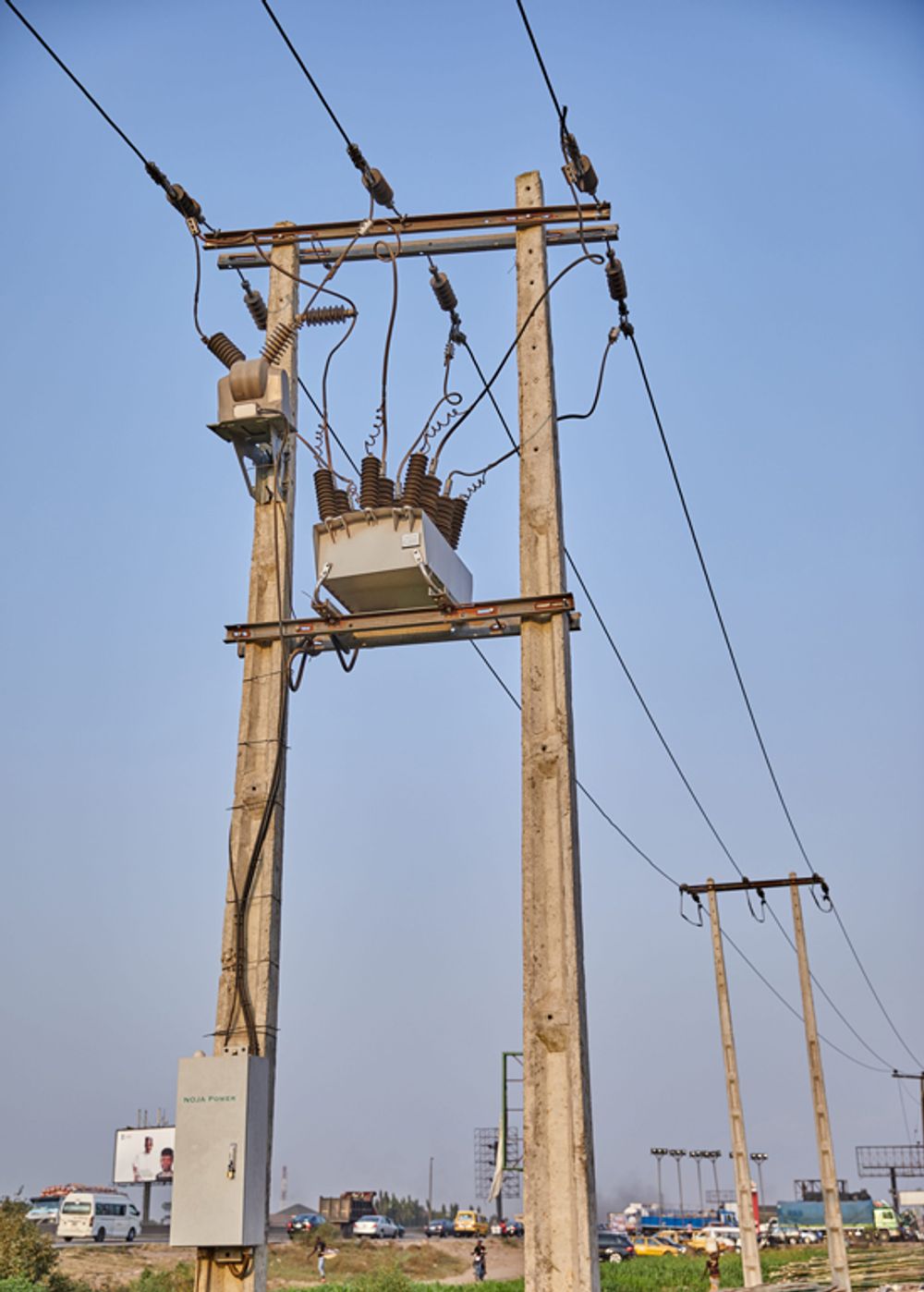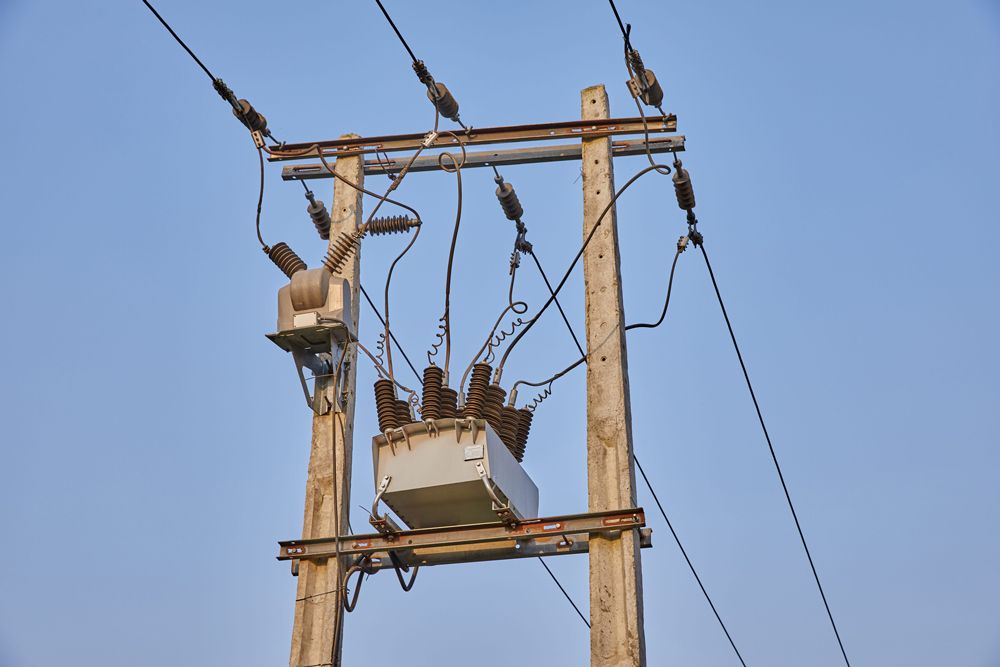Technical Article
Published 01/2020
Why GPS is an Essential Feature for Remote Distribution Network Control Devices
Cost optimization in the management of electricity distribution networks is a function of geography. While substations provide an aggregate location for maintenance operations, the performance and maintenance of distribution network lines was traditionally a case of regular routine line patrols and scheduled visits to remote distribution network control devices such as Pole Mounted Auto Reclosing Circuit Breakers (ACRs), STATCOMs, Load Break Switches (LBS) or other intelligent electronic devices (IEDs) distributed throughout the electricity network.
Advances in telecommunications availability and communications has prompted integration of these remote assets into a utility Geographic Information Systems (GIS), providing manufacturers of these assets with an impetus for the integration of GPS location and time synchronization into these remote devices.
For utilities with legacy specifications for distributed IED assets, an emergent risk of legacy burden has emerged where GPS technology is not included as a baseline for future product procurement process. GPS provides key benefits such as:
- Simple GIS integration
- Accurate Network-Wide Event Timestamping
- Remote Asset Location Verification
For protection devices, such as Recloser Controllers, GPS also is an essential component in the implementation of Synchrophasors. For utilities that aim to ensure that asset investments are future proofed for a paradigm shift to remote monitoring and operation of devices, the inclusion of GPS as a standard feature is a prudent procurement practice.
GIS integration of remote assets can be simplified through the remote reporting of device locations. Integration of IED’s such as ACR Controllers into a utility GIS or Distribution Management system is simplified, as the remote IED devices could report geographic information on initial SCADA communications allowing for effective network mapping of assets.

Timestamping is also an essential consideration for post-fault analysis of network protection devices. Traditional SCADA time synchronisation methods are subject to latency of communications propagation delays, and in remote areas these delays can lead to timestamp drift far beyond the event processing capacity of modern power systems relays. When relay pickup and trip signals may be separated by mere milliseconds, the comparison between event logs of multiple feeder devices becomes greatly complicated without effective time synchronization. ACR Controllers and relays that incorporate GPS time synchronization, such as the NOJA Power RC-15 controller, ensure that timestamp accuracy is maintained across the network of devices, simplifying post fault analysis regardless of communication latency.
Finally, GPS provides risk mitigation for remote asset management strategy. Utilities that implement remote engineering access have the capacity to modify remote settings, but operational issues such as the swapping of relays and communications devices between installation sites may result in incorrect devices being modified remotely. The inclusion of GPS information of field devices allows remote operators to confirm interrogation of the desired device, mitigating the risk of erroneous setting modification or device operation as utilities transition to a remote maintenance and operation business model.
“If you are not using GPS in your current recloser population and it’s not part of your purchasing specification it should be,” reports NOJA Power Group Managing Director Neil O’Sullivan. “GPS enables the future functionality you will implement or are using today which is why we have embedded it into the latest generation of our products.”
The future for distribution network technology is bright, with emergent protection technologies such as Synchrophasors providing plausible solutions to the new challenges of renewable and decentralised generation. This GPS enabled technology has been proven in the transmission space, and trials of Synchrophasor technology has commenced in the distribution network. Integration of GPS technology into remote devices is likely to become standard for future distribution network IEDs. For users of NOJA Power’s OSM Recloser system with RC-01 or RC-10 control, the RC-15 controller is available as an upgrade path for utilities who wish to retrieve location data from their assets, ruggedize their time synchronization and provide risk mitigation for remote device management.

Want to stay up to date with Electrical Distribution Technology?
Join our list for a free weekly technical bulletin, as we share our Global Electrical Engineering experience directly to your inbox.
Subscribe →